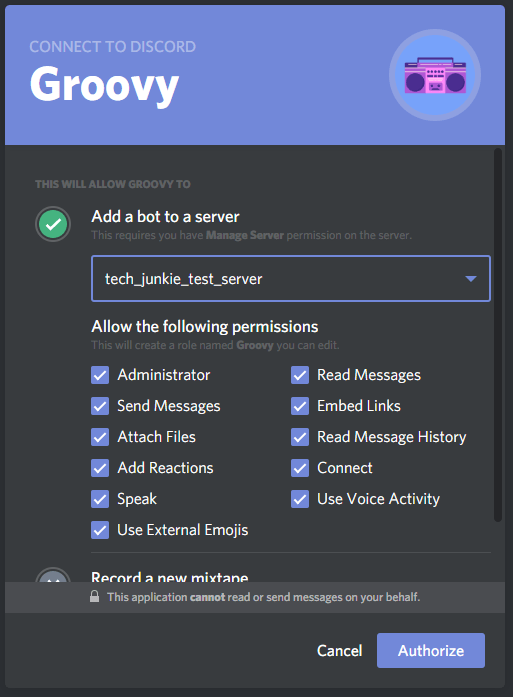

Right-click a stored procedure and select Properties. For more information, see GRANT (Transact-SQL) These steps deal specifically with granting permissions to a stored procedure, but you can use similar steps to add permissions to tables, views, functions, and assemblies, as well as other securables. In Object Explorer, expand the database that contains the object to which you want to grant permissions. Using SQL Server Management Studio To grant permission to a principal Members of the sysadmin fixed server role can grant any permission. The grantor (or the principal specified with the AS option) must have either the permission itself with GRANT OPTION or a higher permission that implies the permission being granted.

For more information about what securables can be granted permissions, see Securables. By granting access to the schema, all the necessary permissions to perform the payroll function can be granted at the same time. For example, the payroll schema might own several tables, views, and stored procedures. If several people in an organization require the same permissions, adding each of them to the role will grant them the same permissions.Ĭonfigure similar securables (tables, views, and procedures) to be owned by a schema, then grant permissions to the schema. The many permissions that might be associated with the role will automatically be available to the new individual. When one individual is replaced by another, remove the departing individual from the role and add the new individual to the role. Grant permission to roles, instead of individual logins or users. To grant permission to a principal, using:īefore You Begin Limitations and RestrictionsĬonsider the following best practices that can make managing permissions easier.
Add privileges to server in hostbuddy how to#
This topic describes how to grant permission to a principal in SQL Server by using SQL Server Management Studio or Transact-SQL.


 0 kommentar(er)
0 kommentar(er)
